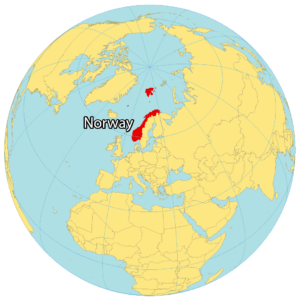With the start-up of the Johan Castberg oilfield and the completion of the second phase of the Johan Sverdrup oilfield development, Norway, the largest producer of oil and gas in Western Europe, anticipates a 15% increase in oil and liquids output in 2019.
According to the government’s most recent projections, natural gas output in Norway, which provides around 25% of the gas used in the EU and the UK, is anticipated to increase by 8% in 2022 compared to 2021.
According to the government’s draft budget, oil and gas revenues are projected to reach a record high of $132 billion (1.4 trillion Norwegian crowns) in 2023, up from an anticipated $113 billion (1.2 trillion crowns) for 2022 and over five times greater than the earnings from oil and gas in 2021. The high anticipated income from oil and gas operations will mostly be a result of anticipated high oil prices, particularly gas prices, as well as a weaker exchange rate for the Norwegian crown.

Before the winter, Norway’s important allies, the EU and the UK, were scrambling to secure supplies of gas, so earlier this year, its authorities granted requests from operators to increase production from several operating gas fields.
Terje Aasland, Norway’s Minister of Petroleum and Energy, commented on the budget by saying that the new oil and gas development projects will enable Norway to maintain a relatively high level of oil and gas production until 2030 and continue to be a reliable energy provider to Europe.
To counteract a natural reduction in production from current oil and gas resources over time, Norway needs constant efforts by operators on the shelf to boost production, develop new fields, and make discoveries, according to Aasland.